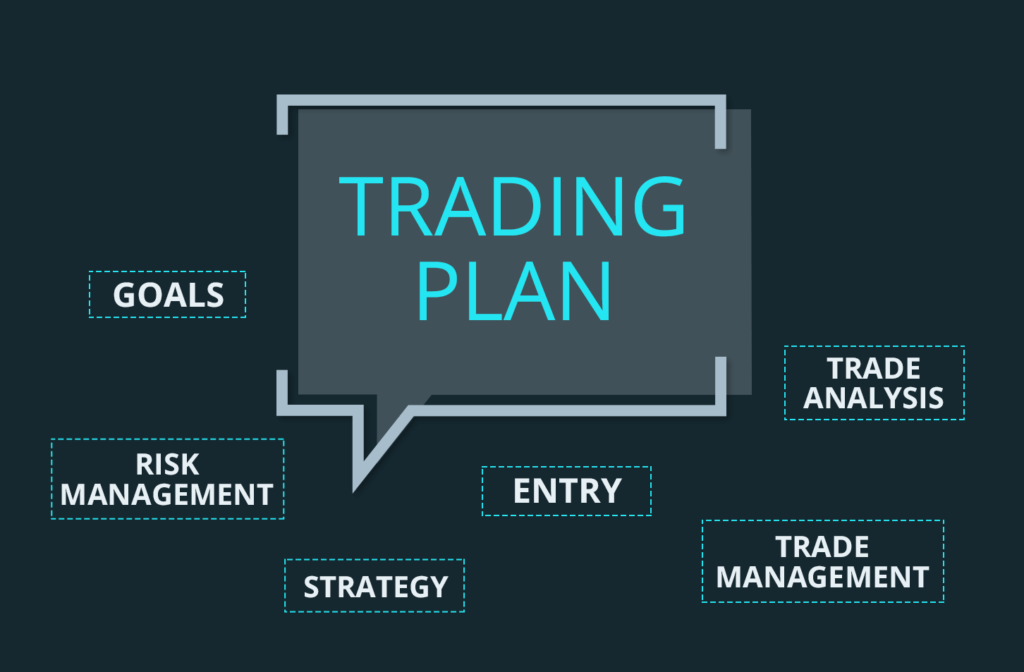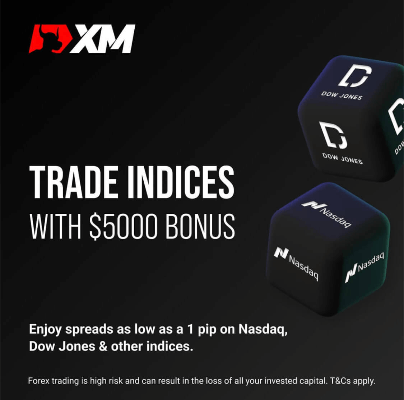- Trading is a risky business, so you need to plan to manage the inherent uncertainty of the markets
- You need to structure your trading business in the same you would a typical business.
As the adage goes, if you fail to plan, then plan to fail. Trading is a risky business, so this adage is especially relevant. All “Risky” means is that you need to plan to manage the inherent uncertainty of the markets.
You need to make sure your risk capital, the resource that allows you to stay in the game, is never depleted. Notional funding, proper position sizing, and discipline are keys to this part of the equation.
The “Business” in “Risky Business” means that you are to treat this endeavour not as a wager, but as a business. If you had a business plan to show Warren Buffett, would he approve and invest in you? Buffett only invests in businesses that will be around for the foreseeable future.
Businesses that are strong, with a clear strategy, with a ‘competitive moat’ (Buffet’s term for a company with a competitive advantage that protects it from rivals). You need to structure your trading business in the same way.
The keys to this part of the equation are:
- Developing a clear edge (your moat)
- Sitting on your hands until your edge is in play (patience)
- Diversifying your bets without over-diversifying them
- Managing correlations
A 2023 Trading Plan Template
When experienced traders talk about trading plans, aspiring traders usually start to yawn and get distracted. After all, isn’t it only about “learning a setup” and “executing the setup”? Unfortunately, it isn’t that simple at all.
Actual setups are only the tip of the iceberg. A real trading plan is much more like a well-prepared game of chess. You need:
- Strategy (the goals and the objectives)
- Tactics (how to achieve the goals)
- Psychology (stress management)
Here is a blueprint for a solid trading plan:
Strategy
- Have multiple income streams
Make sure you can afford to lose your risk capital without changing your lifestyle.
- Understand how the markets work.
Study these factors and their implications:
- Market structure
- Market dynamics
- Macroeconomic news events
- Understand your edge
There are many edges to be exploited. Just make sure you find an edge based on actual live market conditions.
- Understand when your edge is in play and keep tabs on it.
How many trades do you have per week? How many per month? This way, you can plan your month in advance.
- Accept uncertainty.
You will have losses, so plan for them and don’t try to win every trade. Instead, try to select quality trades and let them work for you.
Tactics
- What is your system’s aim?
Some examples are:
- To maximise short-term gains within a momentum move to scale into potential long-term trends as they develop
- To fade range extremes
- Define the appropriate market environment.
- What constitutes a trend?
- What constitutes a range?
- Where are the transition points?
- Which situation is ideal for my strategy?
- Define a low-risk setup.
Breakouts or pullbacks are classic examples of ideal setups in a trend environment.
- Define your risk per trade.
Usually, it’s best to not risk any more than 2% of consolidated equity per trade. That 2% should be “fit” to the number of pips from entry to stop loss. This is so larger positions are possible when stops are tighter and vice versa.
- Define how to deploy your risk.
You don’t have to enter with a full stake. You can scale-in as the price moves in your favour. You can also enter a portion at market and leave a limit order to catch a retracement. These are just a few of your options.
- Define your trade management criteria.
- When do I hold, when do I fold?
- When do I scale out or add?
The objective here is to ride winners and cut losers as soon as logically possible. Unfortunately, there is no magic formula for this, and you will need to experiment.
- Define your exit criteria.
What are your criteria?
- Pre-defined targets?
- Volatility targets?
- Trailing stops?
Once again, there is no magic formula, and you will need to explore what works best with your method.
- Performance monitoring.
Keep detailed statistics on your trades, especially in the beginning. Beyond the cold hard maths, keep tabs on the approach and setups you use. If you have a record of 50 trades, but you’ve done something different in each one of them, you don’t have a statistically valid track record. You’re just using a repetitive process.
- System improvement.
Based on your performance monitoring, you will be able to identify key areas to work on and key areas that are working well. For example, if you win frequently, but your winning trades are small compared to your losing trades, you might consider keeping tighter stop losses or finding ways to let your winners run further.
Psychology
- What are your core beliefs…
- About the market?
- About yourself?
- About how the world works?
- Do your core beliefs match those of the top market participants?
Since we tend to trade based on what we believe to be right, we need to be in tune with the markets.
- Do You Have Performance Anxiety?
- Are you afraid to lose?
- Are you under pressure to win?
- Do you feel like trading is your last hope?
Any mental blocks that you have, whether you are aware of them or not, will emerge when you start to risk your capital in the markets.
Build Your 2023 Trading Plan
With all this said and done, it’s time to get our hands dirty and build a trading system from the ground up.
If you view your trading plan as an expensive sports car aimed at taking you from point A (aspiring trader) to point B (consistent successful trader), then evidently the motor of your trading plan is the actual trading system. The psychological aspect is “how you drive the car”. It is very possible to trade a successful system poorly. That’s why you also need the psychological components to make it work.
System Overview
- What is the system’s concept? Remember that simplicity trumps complexity in trading. So, keep your system’s concept simple. For example, “it is aimed at capturing a good trend”.
- What is the system’s objective? If the “background” to the system is a trending environment, then where does your edge appear within a trend? Does it catch deep pullbacks? Does it play shallow breakouts? When is your edge “in play”?
- Why should the system work as planned? What components of market structure and market dynamics make logical sense if approached this way?
- What is the system’s edge, clearly stated?
- What markets will you trade with the system and why are these markets ideal? For example, forex and commodities tend to trend more than stocks and so might be a better choice for a trend system.
- Is the system mechanical or discretionary? Usually, having clear rules to abide by will assist in making rational decisions.
- Is the system purely technical or does it include outside information? Sources of outside information are:
- Sentiment indicators
- Macroeconomic news
- What time frames does the system work with? Is it a multi-time frame approach? Or does it work off one single time frame?
- How often does the system need to be monitored? Intraday? Once per day?
- Are there any potential problems? When does the system NOT work? What situations are most difficult to assess?
Once you have the system overview completed, it might be a good idea to start demo-trading the system. That way you can gradually take note and keep records on the performance and the average number of trades per day/week/month. Then, you can take note of the potential problem areas.
Remember to be systematic in your decision-making process. Attempt to identify the same kind of situation time after time. That is the only way to properly investigate the odds of your system and generate meaningful statistics.
2023 Trading Plan Example
Tools: 5-week simple moving average, 5-day simple moving average, 5-day RSI, fundamental influences.
What is the system’s concept? Trade a trending market; stay away from retracements.
What is the system’s objective? Trade in line with an established trend, when momentum is aligned with the trend.
Assumption why the system should work as planned?
When there are clear drivers pushing prices in a certain direction, it makes it easier to filter trends that should carry on for some length of time. Furthermore, we are adopting a multiple-time frame approach and thus obtaining a wider view of the landscape (avoiding short-sightedness). We are also letting the market deal us in and out of our trades, and thus not forcing anything on it.
What is the system’s edge, clearly stated?
Identify trend days within trending markets and avoid choppy markets.
What markets will you trade with the system and why are these markets ideal?
Forex, Gold, Silver, and Crude Oil are ideal because they are markets that tend to trend.
Is the system mechanical or discretionary?
The system is 80% mechanical and 20% discretionary. The trading rules are mechanical; the instrument selection is discretionary.
Is the system purely technical or does it include outside information?
A combination of the two.
What time frames does the system work with? A multiple time frame approach (weekly, daily).
How often does the system need to be monitored?
Once or twice per day.
What are the potential problems?
- Lack of discipline (attempting to trade in choppy markets)
- Lack of evident drivers
- Lack of volatility.
Stop Loss is placed at the high of the trigger day.
Exit condition: If a trade has been triggered, then exit the trade on the first occurrence of a neutral or counter-trend day. Usually, the candle form of a neutral or counter-trend day takes the form of either a Shooting Star, a Hammer, or a Doji.
Probability enhancement: Attempt to take the first valid signal after a daily pullback within the broader (weekly) trend. Alternatively, attempt to take the first valid signal after a weekly trend change.
What’s next?
The final objective of your trading plan is to obtain a comfortable situation from which to trade with as little pressure as possible. Becoming a consistent trader is more like a marathon, rather than a sprint.
Once your situation is in order, focus on building repetitive habits that allow you to confront the markets in the same way, from the same angle, each day. This will allow you to obtain meaningful statistics that can tell you what needs improving and what is working well.
























Other Posts You May Be Interested In
Brokers Offering Copy & Social Trading
Are you looking for the best list of copy trading platforms? Then look no further [...]
Understanding Candlesticks In Trading
The candlestick chart is the most common among traders. The candlestick chart had its origins [...]
Comprehensive Guide To Trading With Stop-Loss Orders
Stop-loss orders and take-profit orders are a very critical part of trading. In fact, they [...]
How To Trade Support & Resistance Levels
Nothing is more noticeable on any chart than support and resistance levels. These levels stand out and [...]
How to Develop A Trading Plan
Trading is a risky business, so you need to plan to manage the inherent uncertainty [...]
What is Professional Forex Trading?
A professional Forex trader is a person who uses price movement in the Forex market [...]